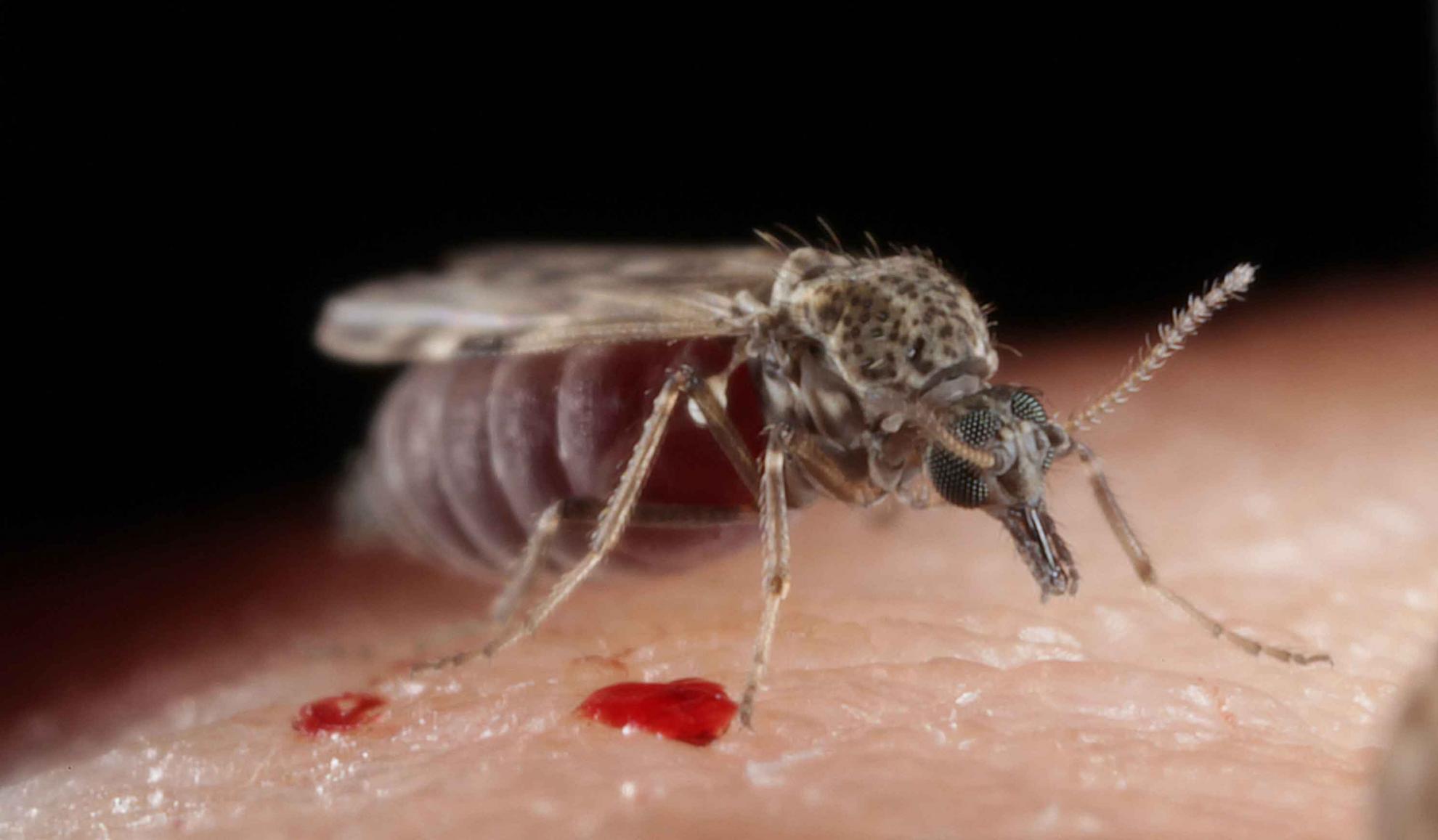Viraemia and clinical disease in Dorset Poll sheep following vaccination with live attenuated bluetongue virus vaccines serotypes 16 and 4
The spread of bluetongue virus (BTV) is most successfully controlled by vaccination of susceptible ruminant populations. Currently two different types of BTV vaccines are used for this purpose; inactivated, mostly monovalent vaccine formulations and modified live virus vaccines (MLVs). Clinical signs and viraemia in Dorset Poll sheep vaccinated with BTV-4 and BTV-16 MLVs or inoculated with homogenates of midges (C sonorensis and C. nubeculosus) previously infected with BTV-4 MLV are presented. All sheep vaccinated with the two MLVs mounted an infectious viraemia lasting for a minimum of 9 up to 23 days post vaccination and developed a range of clinical signs associated with BTV infection. Peak viraemia titres recorded in individual sheep ranged from 3.5 to 6.83 log(10) TCID50/ml indicating a high potential for infection of vector insects and onward transmission. The implications of these results are discussed with reference to the current outbreaks of BTV occurring in northern Europe and in relation to the future development of vaccines for this virus.
Back to publications

